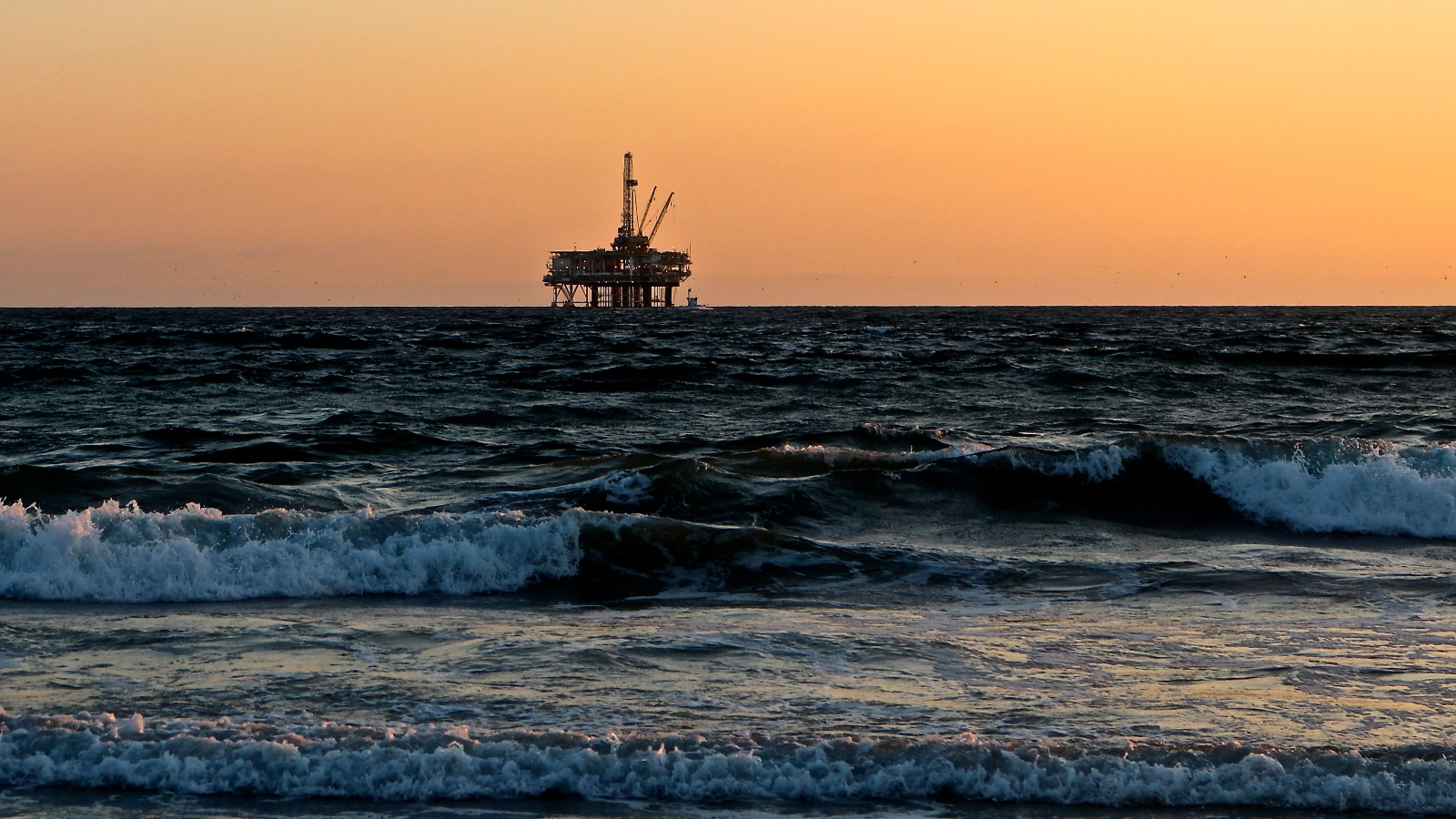
Lessons from the Great Barrier Reef
Reefs in no-take areas of the park are better able to rebound from coral bleaching, storms, disease and more.
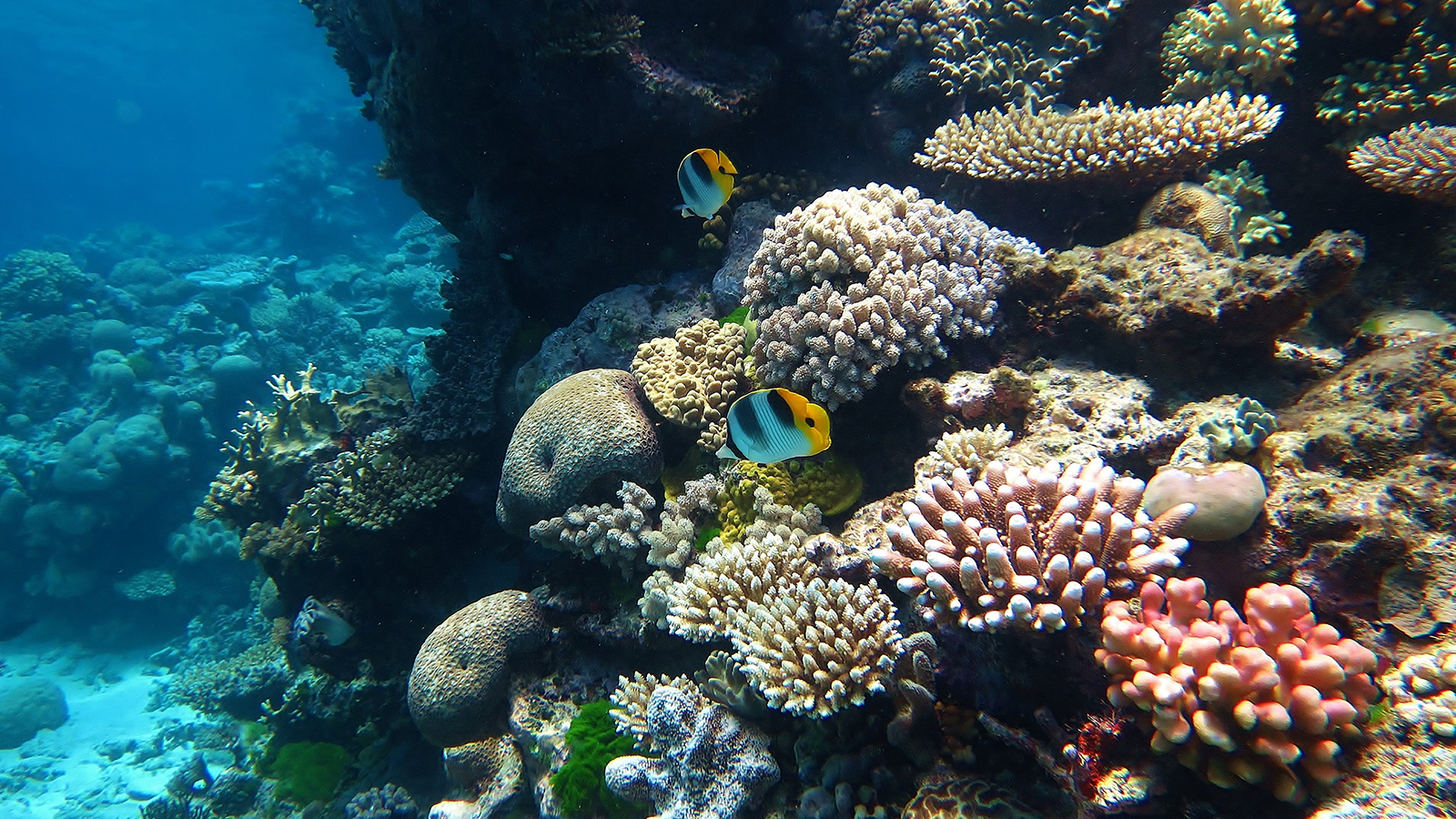
This is a guest blog from James Horrox, which originally ran on www.frontiergroup.org. This is the fifth in a series of blogs about a report, New Life for the Ocean, which we co-authored with Frontier Group.
The regulations governing human activity on Australia’s Great Barrier Reef are some of the most stringent and well-established of all of the world’s coral reefs. The fact that portions of the Great Barrier Reef Marine Park have had these protections in place for several decades enables us to see very clearly how they enhance the health of coral reef ecosystems, support healthy fish populations both within and outside their own boundaries, and help marine ecosystems withstand and rebound from disturbances.1
The Great Barrier Reef is the world’s largest living structure and one of the most complex and diverse ecosystems on the planet. Spanning almost 133,000 square miles of ocean off the northeast coast of Australia, this vast natural wonder is home to thousands of different species, including threatened, rare and endangered ones. Its 70 distinct bioregions contain more than 2,900 individual coral reefs – including more than 450 species of hard coral – upwards of 700 square miles of mangroves and 2,000 square miles of seagrass beds.2 These habitats are home to more than 1,600 species of fish, 215 species of birds, six of the world’s seven species of marine turtle, 30 species of whales and dolphins, 133 species of sharks and rays, and one of the world’s most important populations of dugong, as well as a range of smaller but no less ecologically important species, like mollusks (3,000 species of them), sponges, marine algae, soft coral and various echinoderms, including starfish and sea urchins.3 It’s not for nothing that this kaleidoscope of biodiversity is known as one of the seven wonders of the natural world.
In an effort to safeguard this unique region from human pressures, in 1975 the Australian government enacted the Great Barrier Reef Marine Park Act,4 creating the Great Barrier Reef Marine Park Authority to “provide for the protection, wise use, understanding and enjoyment of the Great Barrier Reef in perpetuity through the care and development of the Great Barrier Reef Marine Park.”5
Stretching 1,800 miles along the Queensland coast, the Great Barrier Reef Marine Park is a multiple-use protected area encompassing a huge range of habitats, including not only its famous coral reefs but also seagrass, mangroves, sand and sponge gardens in shallow inshore areas, and the deep-water habitats of the adjacent continental shelf.6 Roughly 33 percent of the park is now fully protected in no-take zones – known as Marine National Park Zones – in which all extractive activities are prohibited.7 A further 28 percent is covered by “Habitat Protection Zones,” in which certain limited activities are permitted with a permit but which nonetheless provide relatively strong protections for sensitive wildlife habitats. The remainder is composed of a range of different management zones with varying levels of protection.8
A 2016 study surveying two decades of data showed that reefs in no-take areas of the park are better able to resist and rebound from natural disturbances, including coral bleaching, storms, coral disease and outbreaks of coral-eating starfish, than those in adjacent areas.9 The study found that, on average, the size of disturbance impacts was 30 percent lower in reefs in protected zones, and these areas were able to recover 20 percent faster than unprotected areas.10 In addition, the composition of the reef community was between 21 and 38 percent more stable in protected reefs than in unprotected areas.11
A 2015 study of fringing inshore coral reefs in the Whitsunday Islands, at the heart of the Great Barrier Reef, similarly found that the protections provided by no-take reserves had a major impact on coral health. Extensive surveys of hard coral colonies in a cross-section of management zones around the islands found that coral disease occurrence in the area was around four times lower in no-take reserves than in non-reserve areas.12 Prevalence of three diseases in particular was “significantly decreased” within reserves, as were bleaching, coral damage and the quantities of derelict fishing line found.13 The diversity of reef fish species and the average densities of coral trout and plankton-eating pomacentrids – a family of ray-finned fish, including damselfishes and clownfishes – were also significantly higher within reserves than in non-reserve areas.14 The authors concluded that a decreased abundance of derelict fishing line and less wounding and breakage of corals by fishing equipment were the major factors in the lower levels of coral disease in the protected zones.
Other studies have documented substantial increases in fish populations in no-take reserves in the park.15 For example, a study published in 2004 examined the effect of no‐take reserves on species abundance around the Palm, Whitsunday and Keppel Islands, looking at reserves that had been off limits to fishing for almost a decade and a half.16 Densities of coral grouper and Spanish flag snapper (also known as the gold-banded sea perch) were significantly higher in protected areas than unprotected areas in two of the three island groups. Coral grouper were 3.6 and 2.3 times more abundant, respectively, in protected areas than in fished zones of the Palm and Whitsunday island groups, and Spanish flag snapper were 2.3 and 2.2 times more abundant in protected zones than fished zones of the Whitsunday and Keppel island groups, respectively. The biomass of both species was significantly greater in the protected zones than fished zones at all three island groups.17
This has been observed with a range of different species in certain locations within the park. Surveys have found, for example, that coral trout – heavily depleted on inshore reefs prior to protections – as well as red emperor, redthroat emperor and striped seaperch were generally more abundant in longstanding no-take zones than on fished reefs.18 Sharks, too, have responded well to protections in certain areas. One study found that sharks were more than twice as abundant on reefs that had been off-limits to fishing for a period of decades than in areas where fishing is allowed.19 In zones where entry is prohibited altogether, whitetip and gray reef sharks have been found to be four and eight times more abundant, respectively, than on fished reefs, and gray reef sharks, in one study, up to 30 times more abundant.20
Fish size is also often found to be significantly higher in protected zones. The 2004 study of no‐take reserves around the Palm, Whitsunday and Keppel islands, for example, found that density and biomass of Spanish flag snapper above the legal minimum size were 4.2 and 5.3 times greater, respectively, in protected zones than unprotected areas at all three island groups.21 This is important for several reasons, not least of which being the fact that larger fish are disproportionately more prolific in terms of reproducing and thus make a significant contribution to replenishing local fish populations, both within the boundaries of the protected area itself and potentially also in adjacent waters.22
Indeed, there is evidence that protections of no-take reefs have had an influence on increases in fish populations across the wider ecosystem, including both in other no-take reserves within the network and in unprotected zones.23 Studies have found evidence of “larval export” from no-take zones of the park, which is crucial both for linking up populations within the network of no-take zones itself and for replenishing populations in the wider area.24 One study, looking at patterns of larval dispersal for coral trout and stripey snapper found that resident populations in no-take areas exported 83 percent and 55 percent of their offspring, respectively, to fished reefs.25 The study’s authors estimated that, despite accounting for only a little over one quarter of the local reef area, the no-take reserves produced roughly half of all new recruits to populations on both protected and fished reefs within a 30-kilometer radius.26
The experience of the Great Barrier Reef demonstrates that properly protected no-take MPA networks can play a major role in protecting ocean biodiversity and supporting ecosystem resilience, both by actively restoring the structure of these ecosystems and by slowing ongoing degradation.27 Nowhere else has the extent of these benefits been demonstrated at this scale, and over such a long time period, indicating vividly the restorative potential of fully protected marine reserve networks.
At the same time, however, the reef also demonstrates that while protections can help ameliorate stressors and support greater chance of recovery from disturbances, they are by no means a panacea for the damage being done to the ocean by human activity.
As with MPAs elsewhere in the world, the major threats faced by the ocean at the Great Barrier Reef come from outside the reserves – primarily from climate change – and despite the benefits delivered by the protections in place, recent studies paint a bleak picture of the region’s long-term outlook.28 The 2019 Great Barrier Reef Outlook Report describes how an accumulation of stressors, primarily driven by climate change, have caused major deterioration of the overall health of the region, for example in the form of sea temperature increases and extremes, which have caused devastating mass bleaching events, leading to widespread coral loss, and in turn, impacting fish and invertebrate populations.29 These events show that while MPAs and other management efforts are an important part of the solution, unless strong action is taken on a much wider scale to deal with the larger problem of global warming, they may only succeed in flattening a downward trajectory propelled by global forces outside the control of local-level protections.
Image: Pacific double-saddle butterflyfish among the corals of Flynn Reef. Credit: Wise Hok Wai Lum via Wikimedia Commons, CC BY-SA 4.0.
- Australian Institute of Marine Science, Great Barrier Reef No-take Marine Reserves Protect Much More than Just the Fish (media release), 4 April 2016, archived at https://web.archive.org/web/20200706223741/https://www.aims.gov.au/docs/media/latest-releases/-/asset_publisher/8Kfw/content/04-april-great-barrier-reef-no-take-marine-reserves-protect-much-more-than-just-the-fish.↩︎
- Great Barrier Reef Marine Park Authority, The Reef: Biodiversity, accessed 10 June 2020, archived at https://web.archive.org/web/20200710194509/http://www.gbrmpa.gov.au/the-reef/biodiversity. James Kerry, Australian Institute of Marine Science, “The Great Barrier Reef Today,” eAtlas, accessed 30 December 2020, archived at https://web.archive.org/web/20201231001944/https://eatlas.org.au/content/great-barrier-reef-today.↩︎
- Mollusks, echinoderms: Great Barrier Reef Marine Park Authority, The Reef: Animals, accessed 10 June 2020, archived at https://web.archive.org/web/20200710194701/http://www.gbrmpa.gov.au/the-reef/animals. Sponges, marine algae, soft coral: Great Barrier Reef Marine Park Authority, The Reef: Biodiversity, accessed 10 June 2020, archived at https://web.archive.org/web/20200710194509/http://www.gbrmpa.gov.au/the-reef/biodiversity.↩︎
- “Great Barrier Reef Marine Park Act 1975,” archived at https://web.archive.org/web/20200710195430/http://www8.austlii.edu.au/cgi-bin/viewdb/au/legis/cth/consol_act/gbrmpa1975257/.↩︎
- Tony Stokes et al., “Flora and Fauna of the Great Barrier Reef World Heritage Area,” Great Barrier Reef Marine Park Authority, 2004, archived at https://web.archive.org/web/20200710200032/http://www.gbrmpa.gov.au/__data/assets/pdf_file/0013/4513/gbrmpa_fauna_flora_full.pdf.↩︎
- 1,800 miles: Marine Conservation Institute Atlas of Marine Protection, Great Barrier Reef Marine Park, accessed 10 June 2020, archived at https://web.archive.org/web/20200710201100/http://www.mpatlas.org/mpa/sites/7700301/. Habitats: Great Barrier Reef Marine Park Authority, The Reef: Reef Facts, accessed 10 June 2020, archived at https://web.archive.org/web/20200710200847/http://www.gbrmpa.gov.au/the-reef/reef-facts. Great Barrier Reef Marine Park Authority, The Reef: Biodiversity, accessed 10 June 2020, archived at https://web.archive.org/web/20200710194509/http://www.gbrmpa.gov.au/the-reef/biodiversity.↩︎
- Marine Conservation Institute Atlas of Marine Protection, Great Barrier Reef Marine Park, accessed 10 June 2020, archived at https://web.archive.org/web/20200710201100/http://www.mpatlas.org/mpa/sites/7700301/.↩︎
- John C. Day, “Zoning – lessons from the Great Barrier Reef Marine Park,” Ocean & Coastal Management, 45(1-2): 139-156, doi: https://doi.org/10.1016/S0964-5691(02)00052-2, 2002, 143; Marine Conservation Institute Atlas of Marine Protection, Great Barrier Reef Marine Park, accessed 10 June 2020, archived at https://web.archive.org/web/20200710201100/http://www.mpatlas.org/mpa/sites/7700301/.↩︎
- Camille Mellin et al., “Marine Protected Areas Increase Resilience Among Coral Reef Communities,” Ecology Letters, 19(6): 629-637, doi: https://doi.org/10.1111/ele.12598, June 2016. Australian Institute of Marine Science, Great Barrier Reef No-take Marine Reserves Protect Much More than Just the Fish, (media release), 4 April 2016, archived at https://web.archive.org/web/20200706223741/https://www.aims.gov.au/docs/media/latest-releases/-/asset_publisher/8Kfw/content/04-april-great-barrier-reef-no-take-marine-reserves-protect-much-more-than-just-the-fish.↩︎
- Camille Mellin et al., “Marine Protected Areas Increase Resilience Among Coral Reef Communities,” Ecology Letters, 19(6): 629-637, doi: https://doi.org/10.1111/ele.12598, June 2016.↩︎
- Ibid.↩︎
- Joleah Lamb et al., “Protected Areas Mitigate Diseases of Reef-Building Corals by Reducing Damage from Fishing,” Ecology, 96(9): 2555-2567, doi: 10.1890/14-1952.1, September 2015, 2560.↩︎
- Ibid.↩︎
- Ibid.↩︎
- E.g., Garry Russ et al. “Rapid Increase in Fish Numbers Follows Creation of World’s Largest Marine Reserve Network,” Current Biology, 18(12), R514-R515, doi: https://doi.org/10.1016/j.cub.2008.04.016, 24 June 2008.↩︎
- R.D. Evans et al., “Larger Biomass of Targeted Reef Fish in No‐Take Marine Reserves on the Great Barrier Reef, Australia,” Aquatic Conservation, 14(5): 505-519, doi: https://doi.org/10.1002/aqc.631, 2004.↩︎
- Ibid.↩︎
- Coral trout and striped seaperch: D.H. Williamson et al., “No-Take Marine Reserves Increase Abundance and Biomass of Reef Fish on Inshore Fringing Reefs of the Great Barrier Reef,” Environmental Conservation, 31(2): 149-159, doi: https://doi.org/10.1017/S0376892904001262, 2004. R.D. Evans et al., “Larger Biomass of Targeted Reef Fish in No‐Take Marine Reserves on the Great Barrier Reef, Australia,” Aquatic Conservation, 14(5): 505-519, doi: https://doi.org/10.1002/aqc.631, 2004. Red emperor and redthroat emperor: Laurence McCook et al., “Adaptive Management of the Great Barrier Reef: A Globally Significant Demonstration of the Benefits of Networks of Marine Reserves,” Proceedings of the National Academy of Sciences, 107(43): 18278-18285, doi: https://doi.org/10.1073/pnas.0909335107, October 26, 2010.↩︎
- Laurence McCook et al., “Adaptive Management of the Great Barrier Reef: A Globally Significant Demonstration of the Benefits of Networks of Marine Reserves,” Proceedings of the National Academy of Sciences, 107(43): 18278-18285, doi: https://doi.org/10.1073/pnas.0909335107, October 26, 2010.↩︎
- Ibid.↩︎
- R.D. Evans et al., “Larger Biomass of Targeted Reef Fish in No‐Take Marine Reserves on the Great Barrier Reef, Australia,” Aquatic Conservation, 14(5): 505-519, doi: https://doi.org/10.1002/aqc.631, 2004.↩︎
- Laurence McCook et al., “Adaptive Management of the Great Barrier Reef: A Globally Significant Demonstration of the Benefits of Networks of Marine Reserves,” Proceedings of the National Academy of Sciences, 107(43): 18278-18285, doi: https://doi.org/10.1073/pnas.0909335107, October 26, 2010.↩︎
- Ibid.↩︎
- Ibid. Also, larval dispersal of anemone fish: Mary C. Bonin et al., “The Role of Marine Reserves in the Replenishment of a Locally Impacted Population of Anemonefish on the Great Barrier Reef,” Molecular Ecology, 25(2) 487-99, doi: 10.1111/mec.13484, 2016.↩︎
- Hugo B. Harrison, “Larval Export From Marine Reserves and the Recruitment Benefit for Fish and Fisheries,” Current Biology, 22(11) 1023-1028, doi:10.1016/j.cub.2012.04.008, 2012.↩︎
- Laurence McCook et al., “Adaptive Management of the Great Barrier Reef: A Globally Significant Demonstration of the Benefits of Networks of Marine Reserves,” Proceedings of the National Academy of Sciences, 107(43): 18278-18285, doi: https://doi.org/10.1073/pnas.0909335107, October 26, 2010.↩︎
- Ibid.↩︎
- Great Barrier Reef Marine Park Authority, Great Barrier Reef Outlook Report 2019, available at http://elibrary.gbrmpa.gov.au/jspui/bitstream/11017/3474/10/Outlook-Report-2019-FINAL.pdf.↩︎
- Ibid., v.↩︎
Topics
Authors
Kelsey Lamp
Director, Protect Our Oceans Campaign, Environment America Research & Policy Center
Kelsey directs Environment America's national campaigns to protect our oceans. Kelsey lives in Boston, where she enjoys cooking, reading and exploring the city.
Find Out More
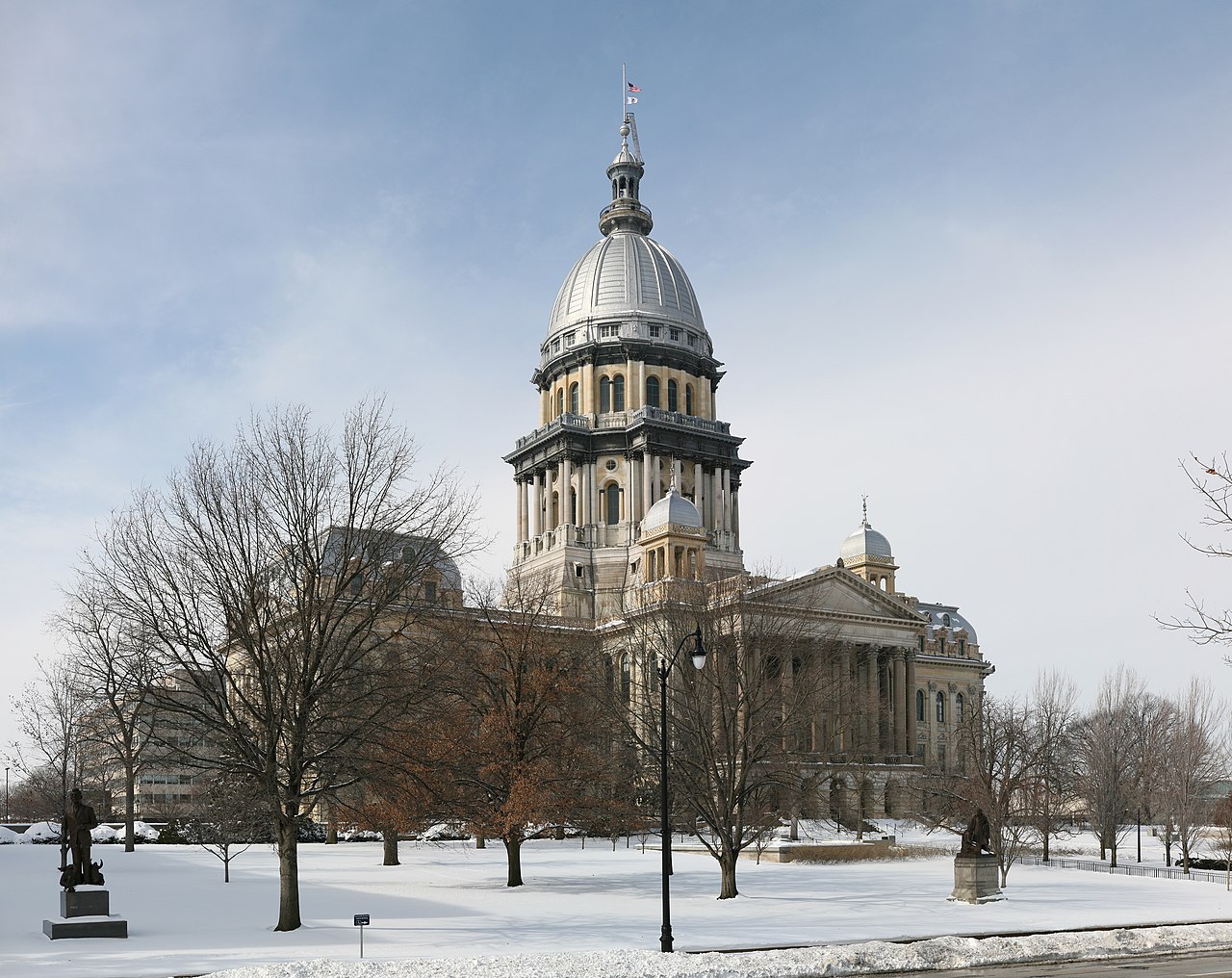
Our 2024 priorities in the states
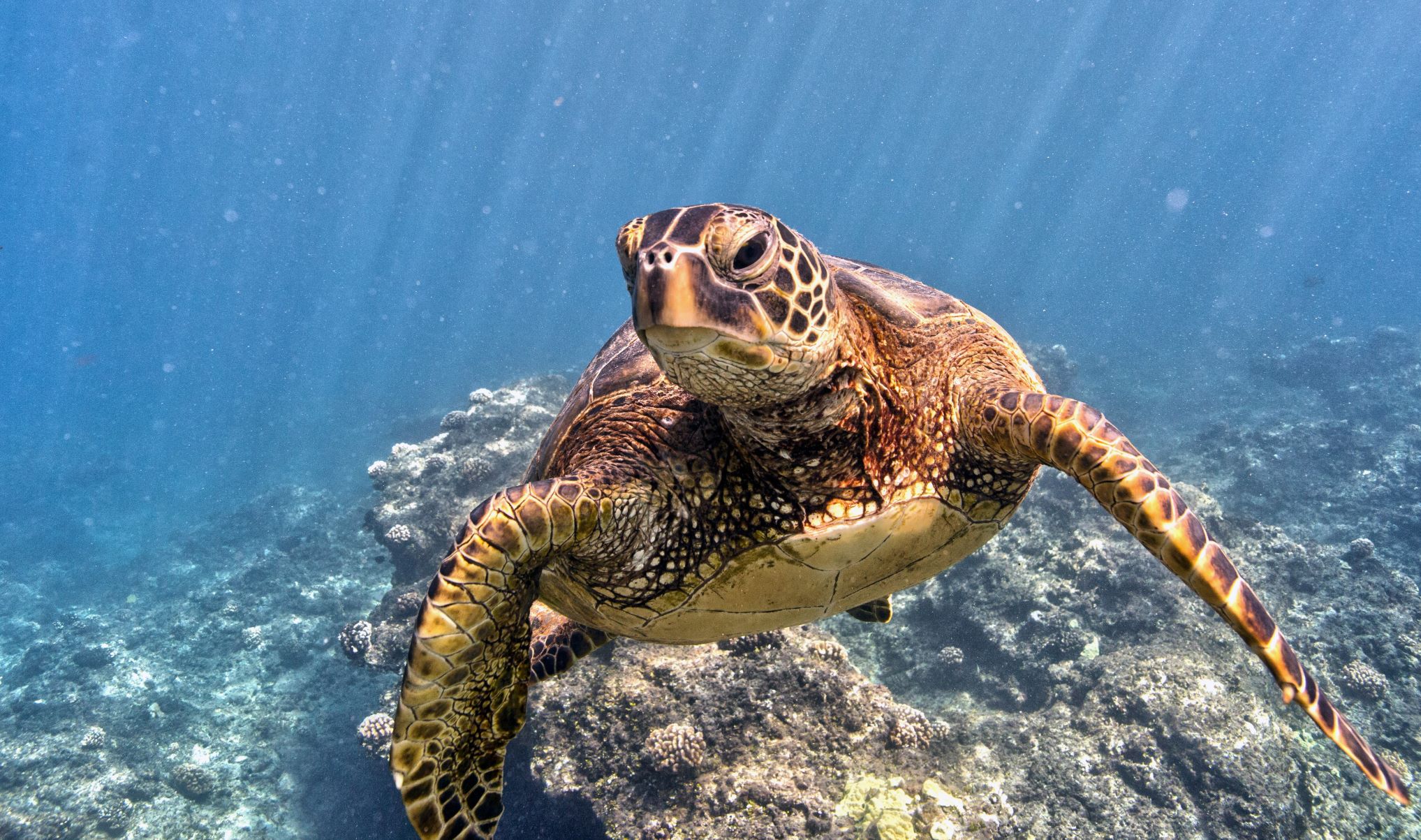
Marine protected areas are the best hope for the ocean – but only if the protections are real
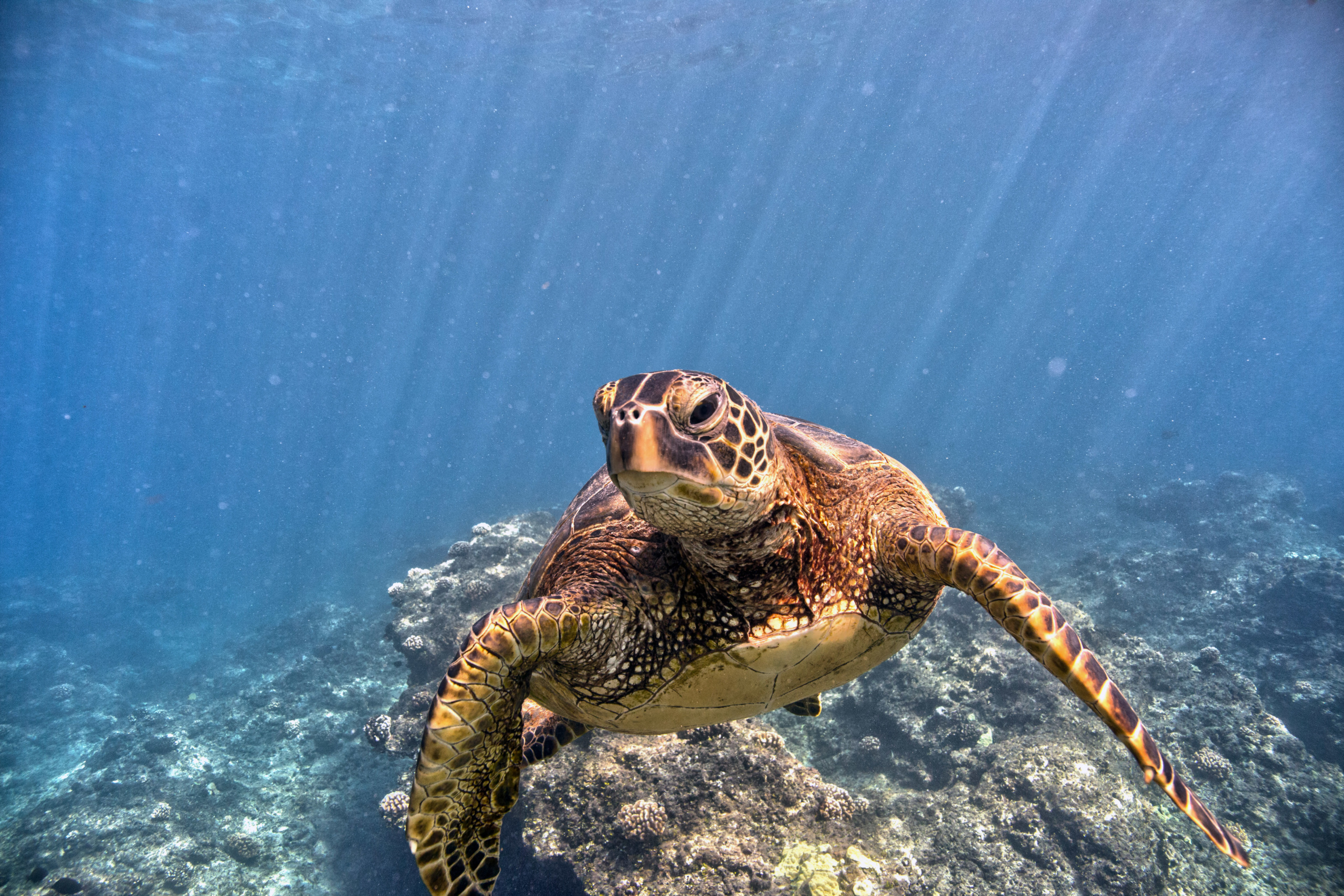
Sea turtles need a safe place to live
